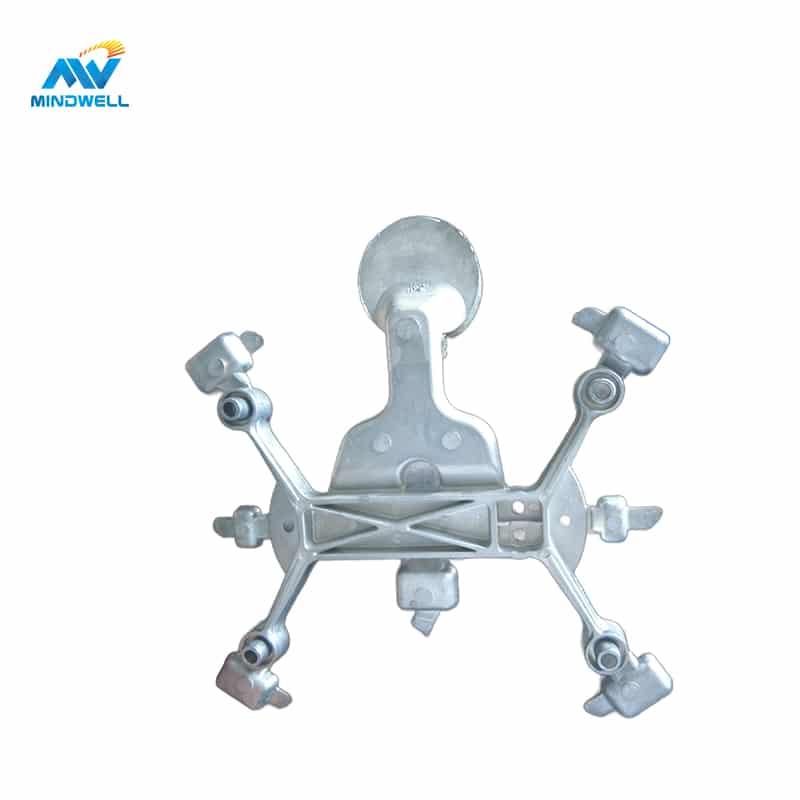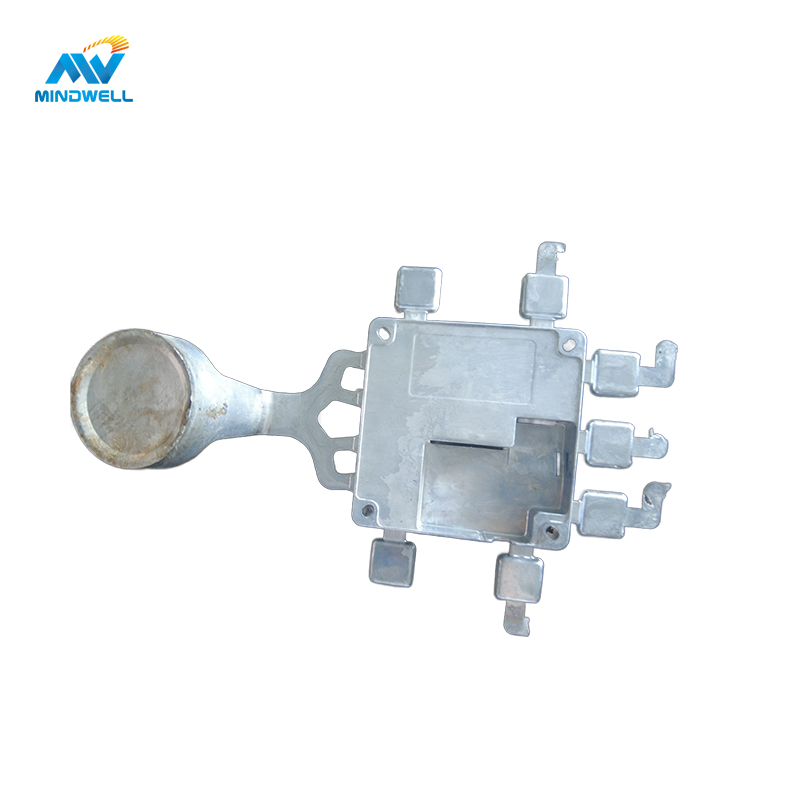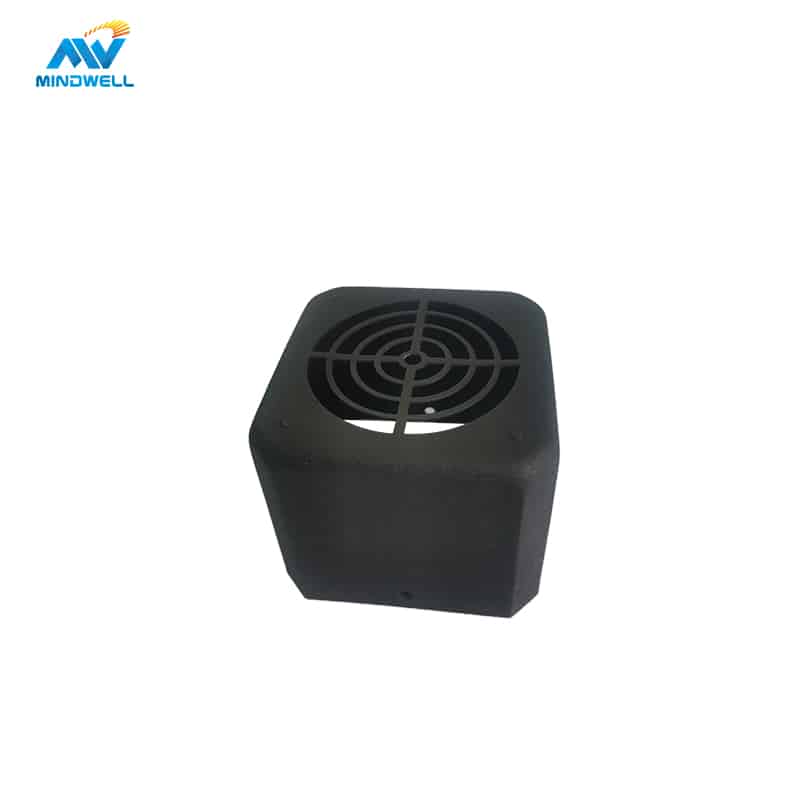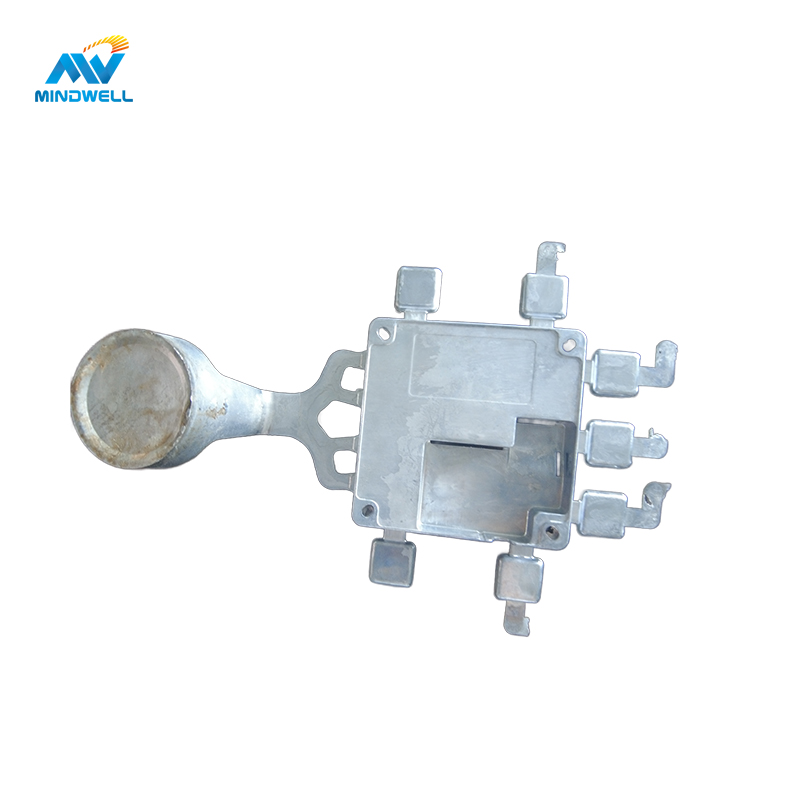Die casting is one of the most commonly used manufacturing processes in the manufacture of industrial parts today, used to produce high-quality metal parts with a strong and durable surface. It is a cost-effective method of mass producing metal parts with complex shapes and designs, and it is very versatile. But, the question is, how much does die casting cost? In this article, we’ll take a closer look at the factors that affect die casting costs.
How much does die casting cost?
The cost calculation of die-casting involves many factors. If you want to estimate the cost of die-casting, I will give you a general cost calculation formula and method, which can be used as a reference:
Calculation formula
Die casting cost = material cost + equipment and labor cost + mold cost + logistics cost.
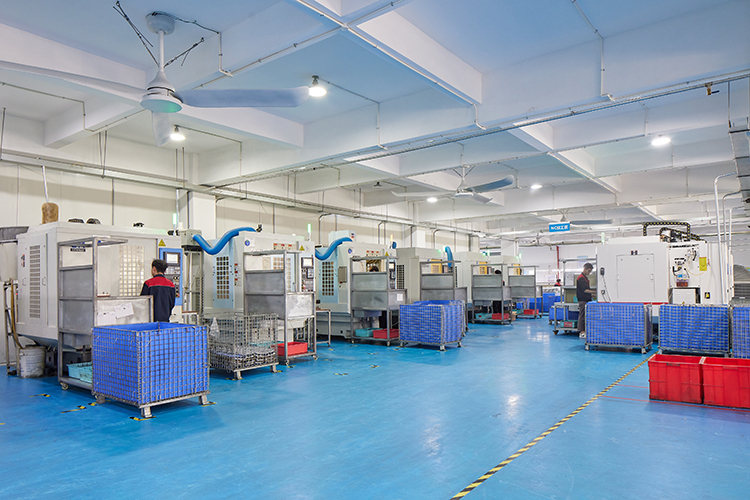
The specific cost calculation is as follows:
Material costs:
Raw material cost = material unit price × material consumption
The cost of die casting materials used in die casting is the most important factor affecting the final cost of the product. The type of metal used in production, such as aluminum, zinc or magnesium, can significantly affect the cost of a product. The cost of raw materials varies according to quantity and quality
Equipment and labor costs:
Equipment and labor costs = equipment purchase costs / equipment life + equipment maintenance costs + operator wages and training costs
The equipment cost is the cost of purchasing die-casting machines, CNC equipment, etc., and the maintenance after the equipment is bought is also considered. Labor costs include wages paid to machine operators, skilled technicians, and others involved in the die casting process. Labor costs are determined based on the number of hours required for the production process. Automating the die casting process helps to significantly reduc
Mold manufacturing and maintenance costs:
Mold manufacturing cost = mold material cost + manufacturing process cost + processing cost
Mold Maintenance Cost = Maintenance and Repair Costs / Mold Life
Mold design cost is another important factor affecting die casting cost. Mold design is a complex process that involves creating product blueprints and designing molds for casting metals. The complexity and size of the mold design can affect the cost of the die casting process. For example, creating multiple cavities for a multi-cavity mold adds cost to the mold design.
Tooling costs are an important aspect of the manufacturing process used to maintain the quality and consistency of the final product. Molds are tools used to cast metal parts, including fasteners, clamps, nozzle tips, and other components needed to form the part. The cost of mold components depends on the complexity of the design and the quantity required for production.
Logistics costs:
Logistics cost = packaging + shipping cost
Logistics costs include the costs associated with transporting products from the manufacturing plant to their final destination. Logistics cost depends on packing and shipping requirements, distance and shipping method.
Sonuç olarak
The cost of die casting is affected by many factors, including material cost, mold design cost, mold cost, labor cost and logistics cost, etc. If the die casting also requires subsequent surface treatment, the subsequent treatment includes the finishing process carried out after the die casting process. The final product must go through a finishing process including cutting, drilling, polishing and grinding. Costs also need to be factored in, as post-processing costs vary according to the complexity of the process and the equipment required to achieve the desired finish.
Understanding these factors is critical for us die casting manufacturers to accurately estimate production costs. If you want to purchase die casting parts, you can also estimate the cost in this way. At MindWell we have advanced technology and automated processes that can reduce labor costs and increase the efficiency of the manufacturing process, enabling our customers to minimize costs when customizing die casting parts and mass producing them.


